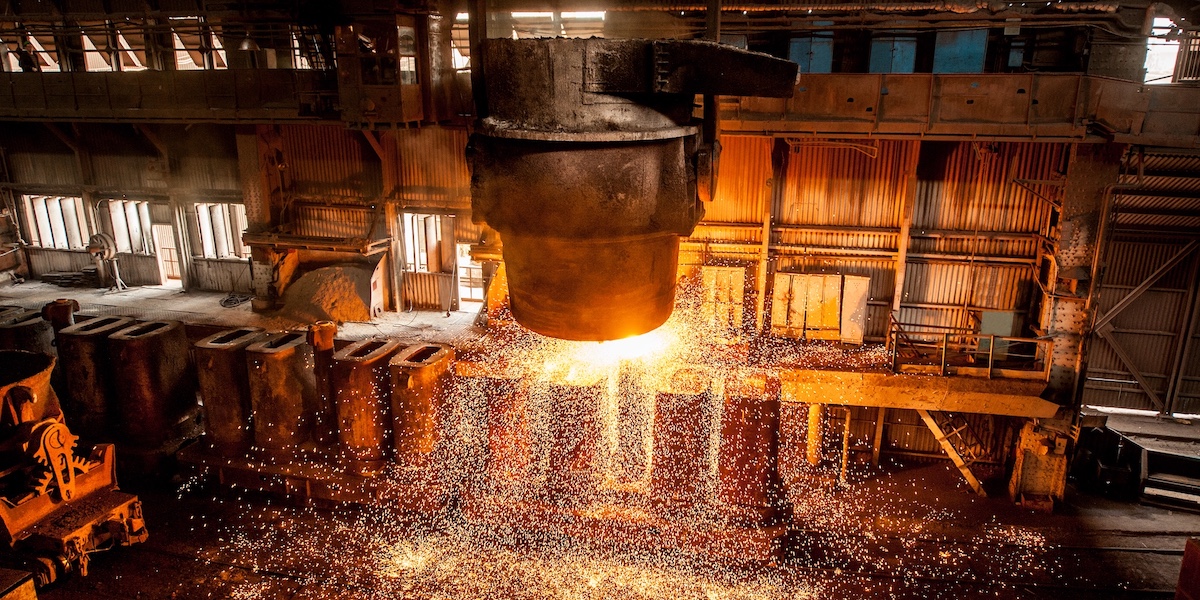
Stabilizing carbon, stabilizing performance
CASE STUDY – This Indonesian nickel smelter used Lean to stabilize furnace operations by reducing excess carbon in calcine through root-cause problem solving, automation, and operator-driven improvements at the gemba.
Words: Arie Dewanto, Dhonny Suwazan and Prayudha Naufal Wijaya
In PT Vale’s nickel smelting operation, recurring instability in Electric Furnace (EF) power was traced to abnormally high temperatures in the combustion chamber. This condition was directly linked to elevated carbon (%C) content in calcine – the feedstock entering the furnace.
A deeper investigation uncovered a key source of this excess carbon: unburnt coal carried over during the ore drying process. Rather than treat the symptom with control adjustments, a cross-functional team applied Lean Thinking – focused in purpose, process, and people – to eliminate the problem at its root.
PURPOSE: DELIVERING CONSISTENT CALCINE
The furnace process requires consistent, stable input conditions to maintain optimal performance. Variability in calcine compositions – specifically high and fluctuating %C levels – led to thermal surges in the EF combustion chamber. Operators had to frequently adjust power input and manage instability, risking both process performance and equipment reliability.
Rather than focus narrowly on reducing %C or adjusting furnace settings, we reframed the problem and ask ourselves: “How can we deliver stable, consistent calcine that enables better furnace operation?”
This alignment with internal customer needs – those operating the furnace – defined the objective of the improvement effort.
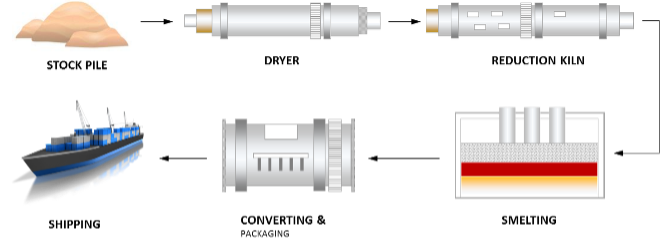
PROCESS: A3 AND PDCA AT THE GEMBA
The team began by going to the gemba – specifically, Dryer 1. In this process, hot air from coal combustion is used to dry incoming ore. However, not all the coal was combusting completely. Unburnt coal was being carried along with the ore, making its way through the kiln and contributing significantly to high %C levels in calcine.
The team used A3 Thinking to frame and analyze the problem, and structured experiments and countermeasures using the Plan Do Check Act (PDCA) cycle. What they observed and discovered at the gemba became the basis for a series of targeted interventions.
They discovered:
- Inaccurate aeration instrumentation made combustion conditions difficult to control.
- Manual settings varied between operators and shifts, creating process inconsistency.
- Lab feedback on %C was too slow to support timely corrective actions.
- There was no direct feedback loop linking dryer performance to calcine quality metrics.
These issues showed that the process wasn’t designed to consistently support the purpose – and that the people operating it lacked the support structure to improve it effectively.
Once the situation was clear, countermeasures were identified. These included:
- Instrumentation upgrade: burner's aeration indicators were replaced and recalibrated, enabling precise combustion control.
- Automated control system: aeration and temperature were automated to minimize variation and reduce reliance on manual adjustment.
- Lab turnaround acceleration: laboratory testing flow was improved to return %C results more quickly for operator response.
- Standardized work: operating procedures were documented and aligned with best-practice combustion parameters, co-created with operators.
- Operator training: CROs received focused training on coal combustion and its downstream effects, reinforcing how their actions influenced furnace performance.
Each solution was implemented through PDCA cycles, tested, adjusted, and sustained through feedback from those at the gemba.
The team noticed very positive results, both technical and operational. There was a significant reduction in the amount of unburnt coal entering the ore stream and both temperatures and aeration in the combustion chamber were stabilized. There was also a 38.3% improvement in the %C stability in the calcine feed. Importantly, they noticed operators becomes more confident, leading to improved consistency in performance.
These outcomes restored power stability in the furnace and contributed to more predictable, efficient smelting operations.
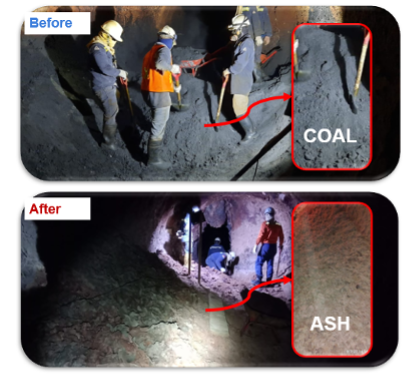
PEOPLE: RESPECT, INVOLVEMENT, AND OWNERSHIP
One control room operator summed it up nicely when he said: “This improvement helped operate the dryer more reliably. With a stable chamber temperature, the job became easier.”
The operators were essential to the success of this project. Their observations, ideas, and direct involvement in countermeasure testing turned theoretical improvements into sustainable routines. Standardized work wasn’t imposed – it was co-developed with those responsible for the process.
This project demonstrated how respecting people does not only mean involving them but also trusting them to lead improvements.
The target felt impossible at first, but with structure and teamwork, the goal was exceeded. Everyone contributed, and everyone grew.
A REFLECTION
This initiative was a clear example of Lean Thinking in action – not just as a toolkit, but as a different way of thinking and leading. The purpose was grounded in real customer needs; the process was understood and improved at the gemba; and people were trusted, challenged, and developed through engagement.
The stabilization of %C wasn’t the end; it was the beginning of a journey towards a stronger culture rooted in problem solving and learning.
THE AUTHORS
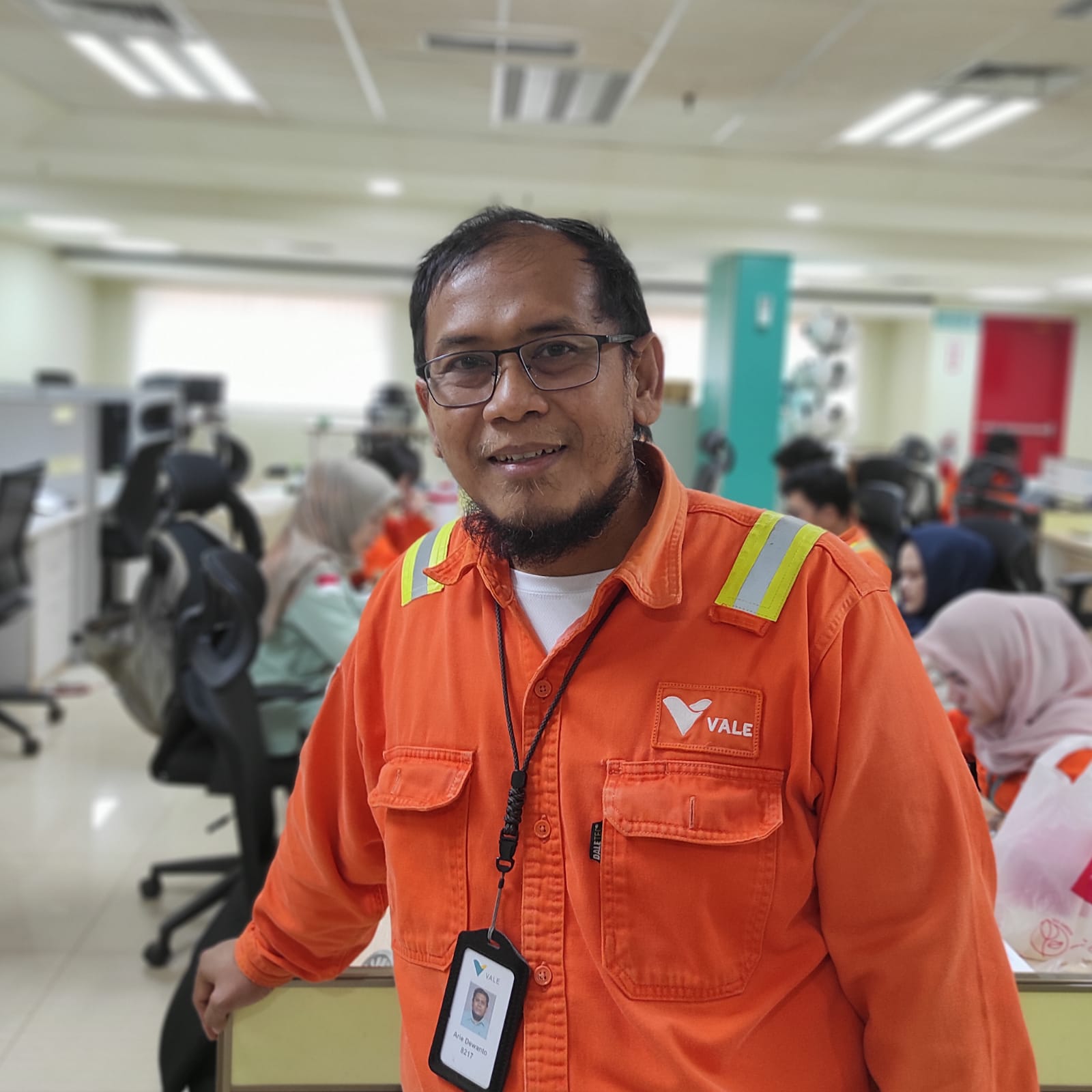

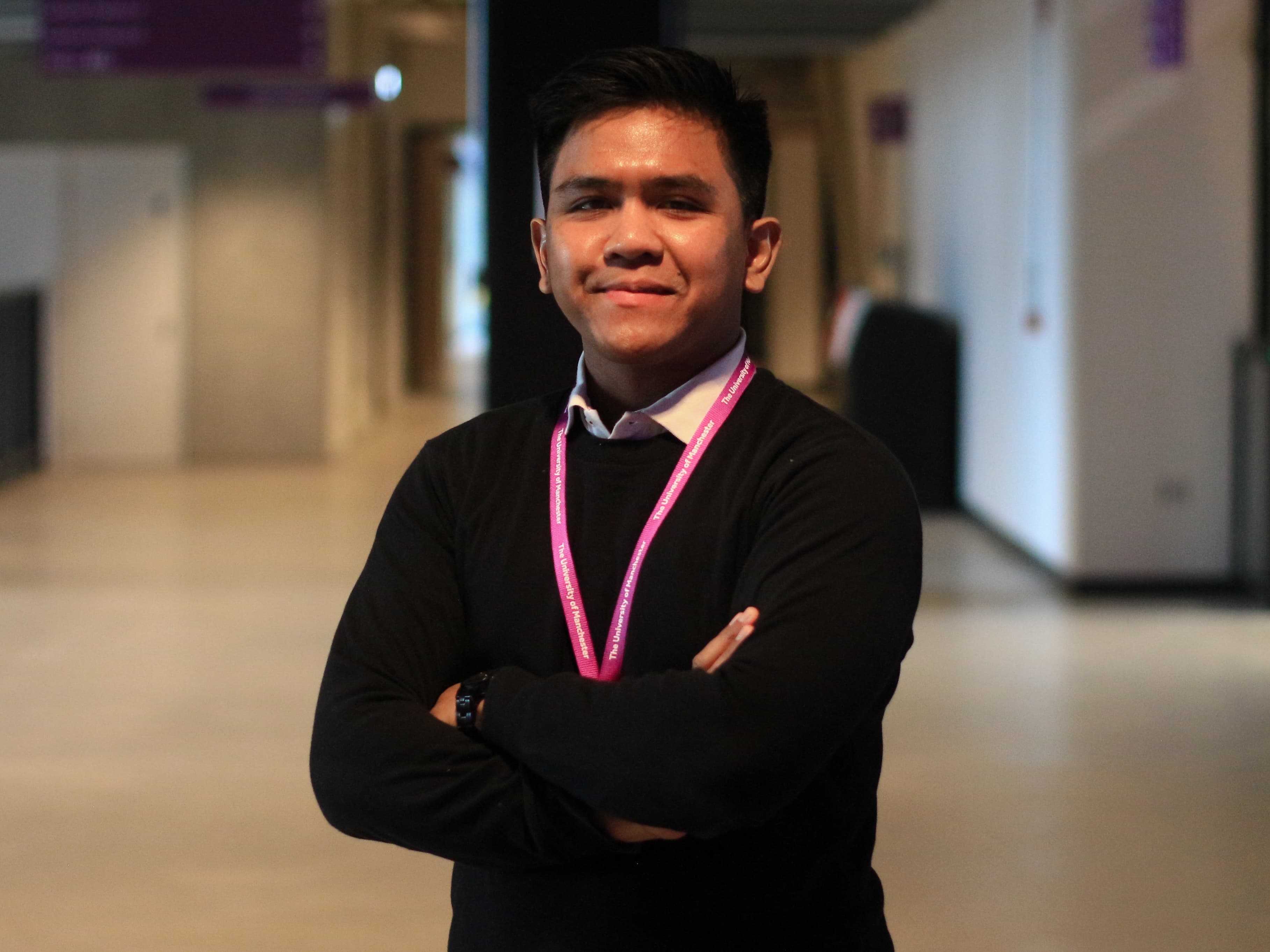
Read more


FEATURE – When we emphasize systems and roles but fail to encourage and support kaizen, we cannot expect to tap into the full potential of Lean Thinking as a cognitive revolution.


FEATURE – Designing beautiful work helps design beautiful clothes. Here’s the story of how women’s clothing brand Eileen Fisher found in lean a way to support its environmental sustainability strategy.


FEATURE - In this article, taken from LEI's Design Brief, Jim Morgan talks about the often-overlooked topic of building quality into new products. Learn how a customer-centric approach in development can prevent costly rework and build lasting trust.


FEATURE – Using data from a recent piece of research on logistics, the author discusses how Lean Thinking contributes to a more efficient and effective way of dealing with problems.
Read more
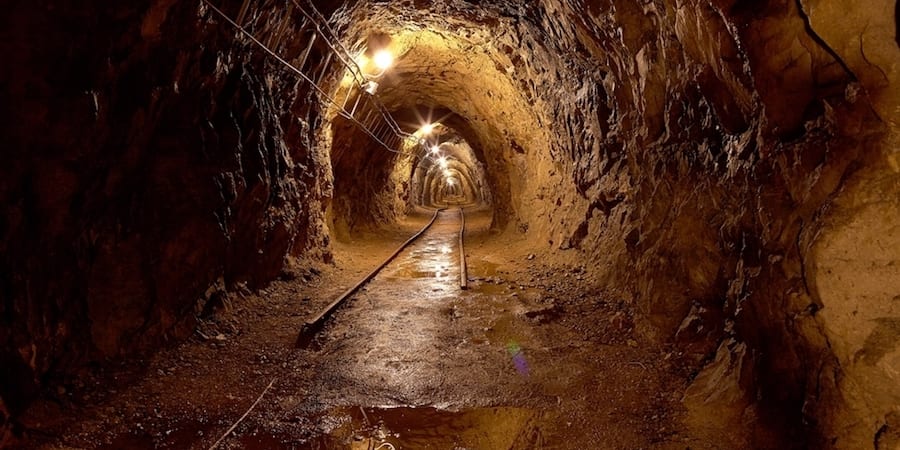

FEATURE – Lean thinking is still largely absent from the mining industry. The author explains the great opportunities that lie ahead for an industry with a huge potential to improve.
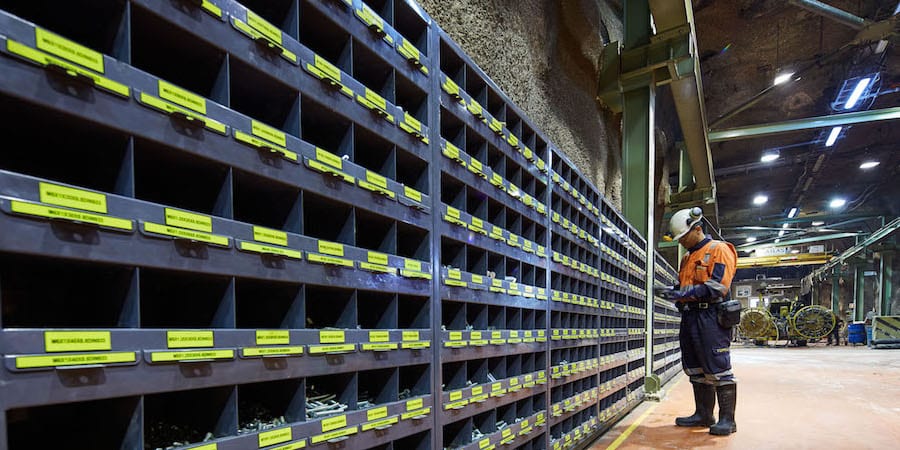


CASE STUDY – Over the past four years, by developing its kaizen capabilities and crafting a better approach to maintenance, a Turkish gold mine has significantly reduced its extraction costs.
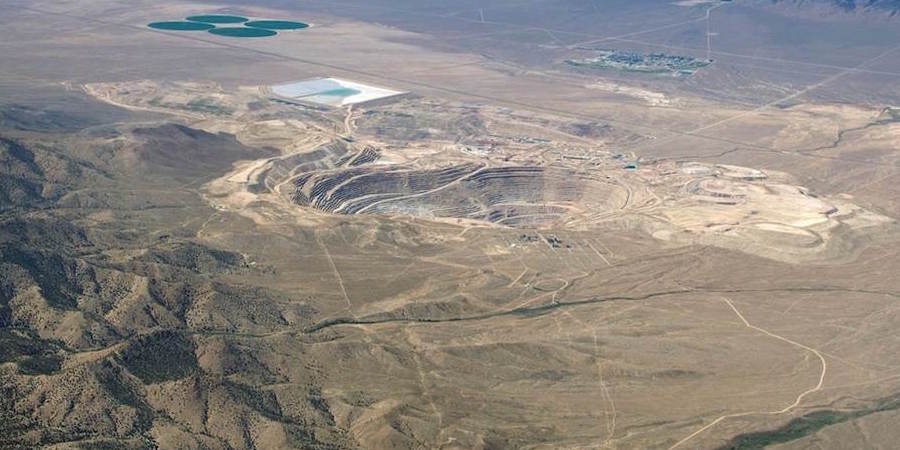

CASE STUDY – The extraordinary transformation of Kinross' Round Mountain gold mine in Nevada over the past six years shows that lean thinking can – quite literally – move mountains.
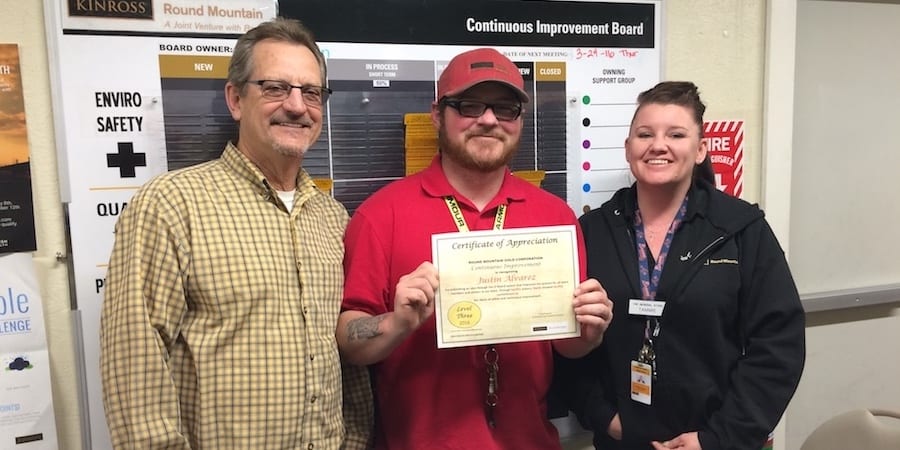

FEATURE – The Continuous Improvements Boards at the Round Mountain mining site have been critical to shifting the company's culture... the secret, it turns out, is always providing feedback on people's suggestions.

